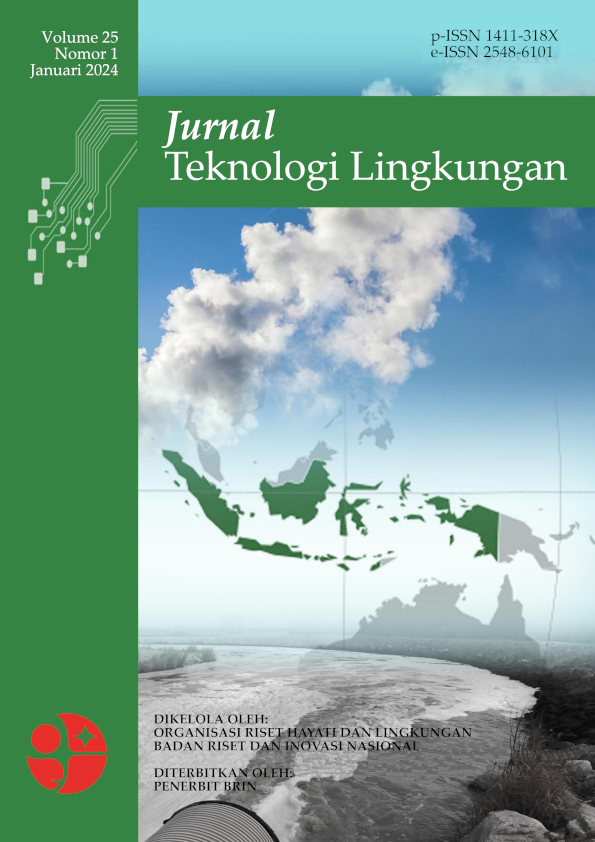Pertumbuhan Crustose Coralline Algae (CCA) pada Substrat Keramik dengan Komposisi dan Jenis Material Penyusun yang Berbeda
Main Article Content
Abstract
The low level of coral reef ecosystems in excellent condition in Bali waters shows the need for rehabilitation and restoration efforts on coral reefs. Crustose Coralline Algae (CCA) plays an essential role as a trigger for the attachment and metamorphosis of coral planules because it can produce chemical signals that the planula can perceive as instructions for attachment to the substrate. It is necessary to pay attention to the materials that make up the substrate. One of the substrate materials that can be used is ceramic. This research aims to determine the effectiveness of ceramics as a material for making artificial reefs on CCA growth. The effectiveness of ceramics is measured based on the type and composition of the ceramic materials. Each ceramic substrate was tested for surface texture, material composition and water absorption level. The data collected consists of water quality and CCA coverage. Differences in CCA coverage on the composition and type of material making up the ceramic substrate were analyzed using the two-way ANOVA test. The results showed that the use of 5% composition of all types of materials provided a significantly higher difference in CCA coverage, and ceramic waste (grog) provided a significantly higher difference in CCA coverage than other materials. Based on the two-way ANOVA test (P = 0.195), it shows that the interaction between the percentage of composition and the type of additional material does not significantly influence CCA coverage.
Abstrak
Rendahnya ekosistem terumbu karang dalam kondisi sangat baik di Perairan Bali menunjukkan perlunya upaya rehabilitasi dan restorasi terhadap terumbu karang. Crustose Coralline Algae (CCA) berperan penting sebagai pemicu penempelan dan metamorfosis planula karang karena dapat menghasilkan sinyal kimia yang dapat ditangkap planula sebagai petunjuk melakukan penempelan pada substrat. Bahan penyusun substrat perlu diperhatikan, salah satu bahan substrat yang dapat digunakan adalah keramik. Penelitian ini secara umum bertujuan untuk mengetahui efektivitas keramik sebagai material penyusun terumbu buatan terhadap pertumbuhan CCA. Efektifitas keramik diukur berdasarkan jenis dan komposisi bahan penyusun keramik. Pada masing-masing substrat keramik dilakukan pengujian tekstur permukaan, komposisi bahan, dan tingkat penyerapan air. Data yang dikumpulkan terdiri atas data kualitas air dan tutupan CCA. Perbedaan tutupan CCA pada komposisi dan jenis material penyusun substrat keramik dianalisis dengan uji ANOVA dua arah. Hasil penelitian menunjukkan bahwa penggunaan 5% komposisi semua jenis material memberikan perbedaan tutupan CCA yang secara signifikan lebih tinggi dan limbah keramik (grog) memberikan perbedaan tutupan CCA yang secara signifikan daripada material lainnya. Berdasarkan uji ANOVA dua arah (P = 0,195) menunjukkan bahwa interaksi faktor persentase komposisi dan jenis material bahan tambahan tidak signifikan memberikan pengaruh terhadap tutupan CCA.
Article Details

This work is licensed under a Creative Commons Attribution-ShareAlike 4.0 International License.

